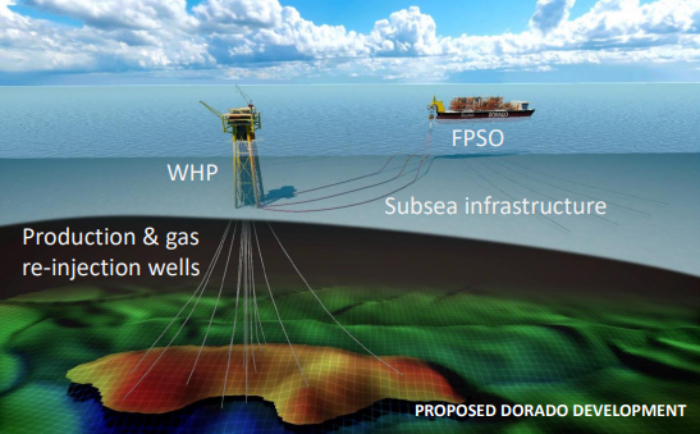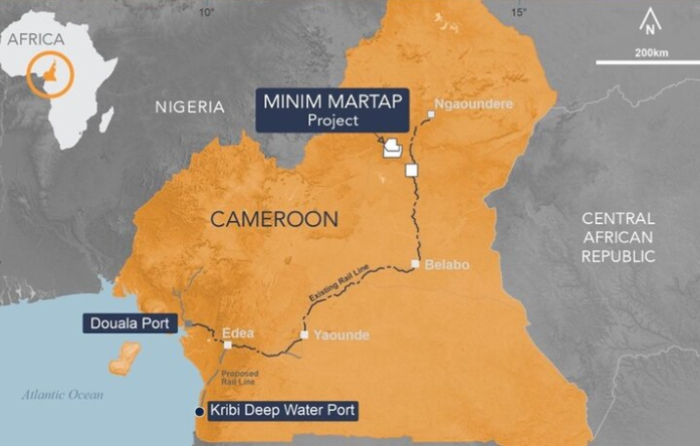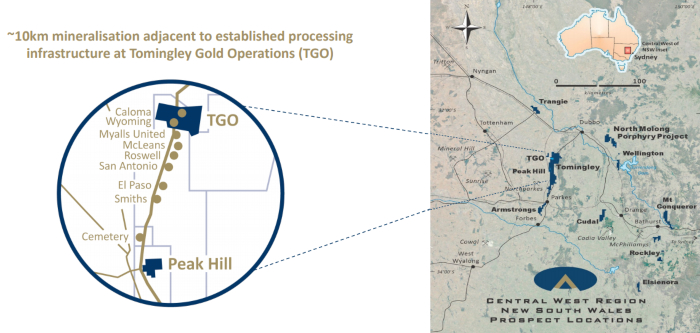Soil testing program to help Lower Blackwood farmers

Expressions of interest are now open to take part in a soil testing program to support farmers fertiliser decisions.
The Lower Blackwood Land Conservation District Committee (LCDC) will be providing on ground support for farmers in their catchment interested in understanding their fertiliser needs to save money, maximise pasture growth and prevent excess nutrients from being washed into waterways.
As a part of the program, grazing farmers in the Hardy Inlet (Lower Blackwood) Catchment will have access to pasture tissue testing, soil testing across their whole farm and nutrient maps showing nutrient surplus and deficiency.
Testing is combined with local workshops to learn how to use nutrient maps and access to personalised, one-on-one agronomic advice with an accredited advisor.
Brad Noakes, dairy farmer from Forest Grove was involved in the 2017 soil testing program.
“The soil testing program was great value for us and the whole farm nutrient map provided us with the information we needed to help with the planning of our fertiliser programs.
“Its been a good program to be involved in and Id recommend it to all farmers in the catchment”.
The program has been running for over nine years and has shown that more than 70 per cent of the 14,000 paddocks tested have phosphorus levels higher than needed for maximum pasture growth. The excess application of phosphorus not only affects farmers bottom line but is an issue for the water quality of waterways and estuaries in the south west.
The program includes financial incentives with farmers receiving testing valued up to $5000 and additional advice and support to tailor their fertiliser programs.
Graziers located in the Hardy Inlet (Lower Blackwood) catchment with more than 40 hectares of cleared arable land are encouraged to apply in the 2018 soil testing program.
The program is being run by the Department of Water and Environmental Regulation in partnership with the Department of Primary Industries and Regional Development and is part of the $20 million State Governments Regional Estuaries Initiative
[contf]
[contfnew]

Margaret River Mail
[contfnewc]
[contfnewc]




